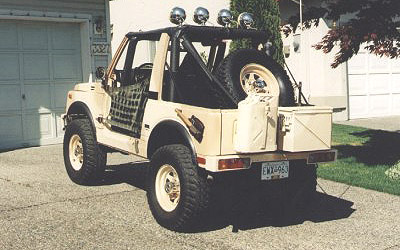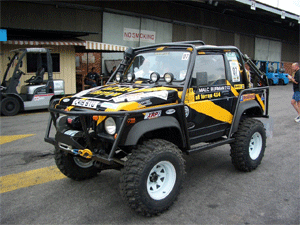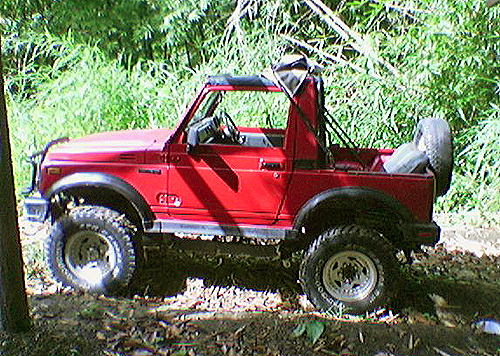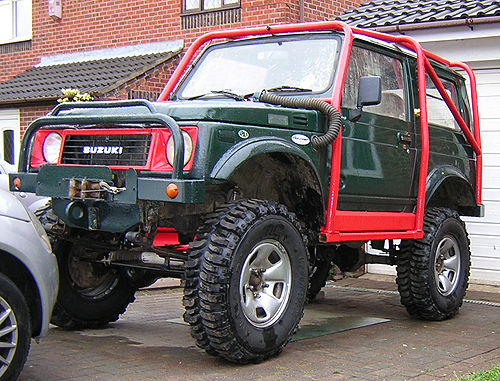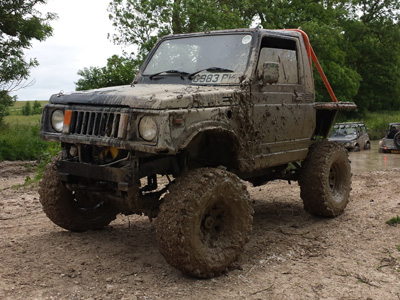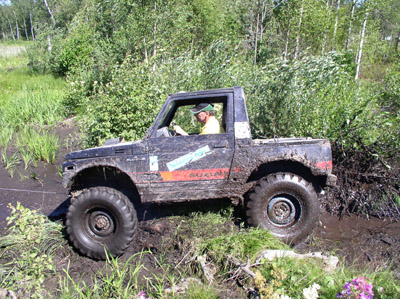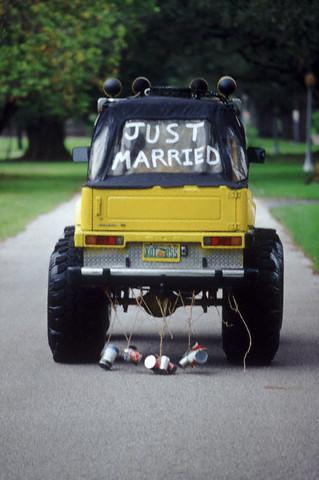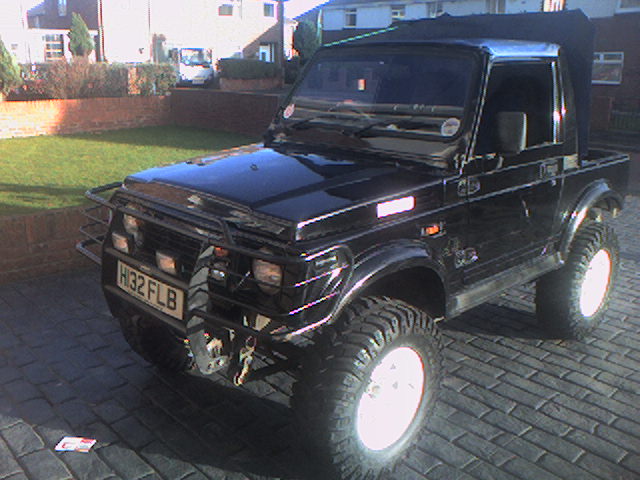Green Lane Code of Conduct
Our Greenlanes are under threat. There are people who want to see all 4x4s banned from the countryside. A small minority group are behaving recklessly and giving all 4x4 users a bad reputation. Please follow the Greenlane Code to help keep our lanes a public right of way for us.
First and foremost:-
Greenlanes are NOT a 4x4 Play Site!
(This should be obvious, unfortunately some people still have to be told.) They are there to be driven with care and consideration.
If you want to tear about, up to your doors in mud, getting stuck and making loads of noise, then join your nearest off-road club and go to their off-road play-days at specially designed sites. These are well worth the small charge because you also know you're allowed to drive there and get as muddy as you like! No need to check definitive maps or plan a day's worth of driving, either! Green-laning is meant to be pleasant and relaxing, not thrill-a-minute.
The Code of Conduct
Only drive green lanes with known vehicle rights - after studying your OS map, check the definitive map at the local County Council, or contact the local Land Rover/ 4x4 club's rights of way officer or GLASS (Greenlane Association) representative.
You must always check a lane's status. Even if it has tyre tracks down it, this could be a landowner or farmer's right of access and does not make it any more legal for you to drive.
If a lane is T.R.O.'d then obey it.
Avoid the use of over aggressive tyres.
If you are using a lane that requires such then you shouldn't be there. Deep harsh tractor treads or Super Swampers may get you through but destroy it for others.
Correct use of winches can be acceptable if no damage is caused. But even then if it is that bad.............?
Avoid badly rutted tracks or lanes that risk being damaged beyond a point of natural recovery. You'll only make them worse and provide ammunition for those who would like to see us banned. If in doubt, don't drive it!
If the lane will not be useable by all other users after you've driven it, DON'T DRIVE IT!
Even if you can get your vehicle down there does not mean it is okay to drive it - think about walkers, cyclists, people with pushchairs and wheelchairs.
Could these get peacefully through large, water filled ruts your vehicle could cause on a lane?
Drive slowly (max 12-15mph).
This is to prevent damage to both the ground and to you and your vehicle - on off road terrain, things can get out of hand very quickly.
Travel "as slow as possible, but as fast as necessary."
Travel in groups of four or five vehicles or less.
Pull over and stop if you encounter walkers or horses (and switch off your engine for the latter).
Driving tips :-
- Keep your thumbs on top of the steering wheel, to prevent a sprained or broken thumb if the wheel suddenly snaps.
- Lower the tire pressure to where you see a bulge in your tire to give you better traction and provide for a smoother ride
- Avoid riding the brakes and clutch, which can lead to brake failure.
Negotiating terrain :-
- Travel straight up or down a hill or grade.
- Cross obstacles at an angle, one wheel at a time.
- Don't straddle large rocks.
- Avoid mud if you can while remaining on the road or trail.
- Turn into ravines or large depressions at about a 45-degree angle.
- Straddle ruts, even if they are wider than your vehicle. This will keep your vehicle level.
- Cross streams slowly, at a 90-degree angle to the stream.
Avoid aggro with other greenlane users. Treat other users with respect, even if they do not extend the same courtesy to you.
Although you have as much right to be there as they do, remember that you are in a much-maligned minority and impressions count!
Don't argue the point but explain politely that you are legally allowed to be there.
"Greet everyone you meet with a smile. There is nothing that stumps an aggressive nimby more than pleasantries in the face of abuse."
Don't damage trees or hedgerows, except for cutting back overhanging branches
Take recovery gear and a spade in case you get stuck. Only use winches when unavoidable. Take care not to damage trees or fences. Always use protective straps on trees or other objects.
Winches :-
- For small vehicles, a 6,000 lb. -rated winch is generally adequate
- For larger vehicles, an 8,000 or 9,000 lb. -rated winch is recommended.
Take a mobile phone. CB's are useful for local and inter-group comms but trying to raise any form of assistance on the CB is usually not much better than useless.
Don't travel alone - you might get stranded. If you do drive lanes as a lone vehicle then drive the easy ones that you know.
Take a mobile phone. Be prepared.
Ensure your vehicle is in good order - not the 'Oh dear that rattle that I have had for the past month turns out to be terminal', excuse.
A spare fan belt and a gallon of water is most useful if you need them when stranded 3 miles from the nearest road. Better still - drive accompanied.
Open gates should be left open - and closed ones shut after you've gone through.
Take your litter home - helping to clear other rubbish from lanes always goes down well with other users.
Supervise dogs and children at all times, especially when you're near livestock.
Avoid waterways unless you're certain there is a public right of way.
Remember, it's very easy to take down a registration and report to the police a driver who is doing something they shouldn't be.
This includes driving like an idiot! If you see people breaking the law, report them! Even better get a picture or video evidence.
Remember to complete a Green Lane Survey Sheet (available from the council) every time you go laning.
The information obtained really does help in compiling valuable user evidence and can also be used to assess the current condition of the lane by comparison with other Survey Sheets on record.
Travel and recreate with minimum impact. Remember - Keep it Clean and Keep it Green, and have as much fun as you can.
Four wheeling provides the ideal opportunity to get away from it all, and builds great family traditions.
Remember-if you abuse it, you'll probably lose it! Careless operation of your off-road vehicle can cause damage and may result in closing of areas to four-wheel enthusiasts.
Respect the environment and other trail users. By using common sense and common courtesy, what is available today will be here to enjoy tomorrow.
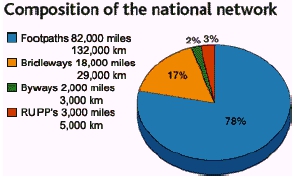
Ramblers can use 100%, Cylists and Horse riders can use only 22%
Motor vehicles can use just 5%... a lot of which is voluntarily restricted
Yet people still say we should even be banned from the little that we have left!
If you don't want to meet a vehicle, don't walk on the 5% that's still a road!

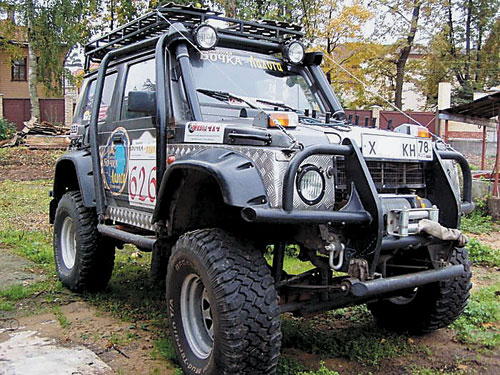
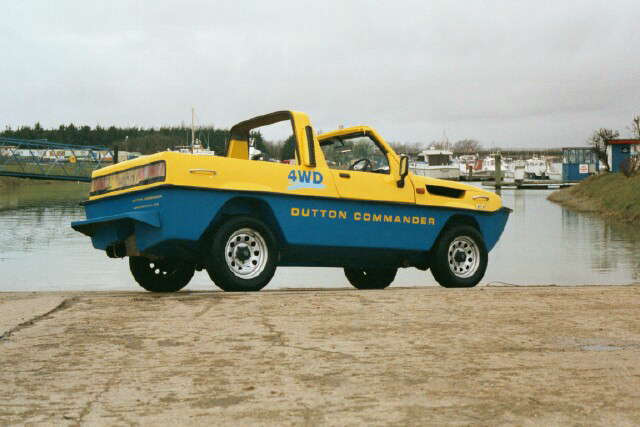
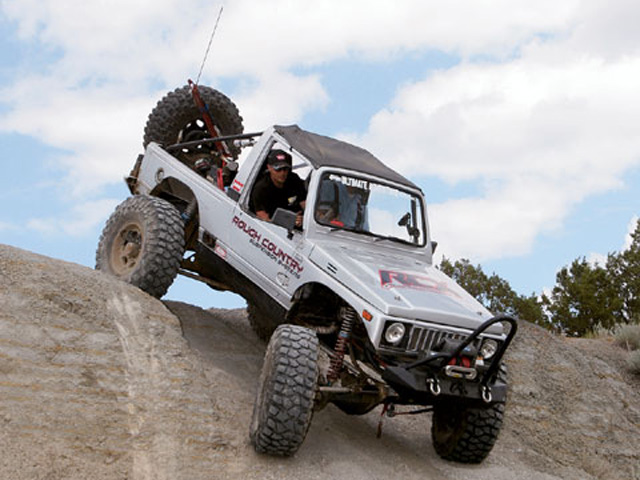
![0610_4wd_01z+suzuki_samurai+group_of_suzukis[1274].jpg](/images/gallery/favourites/0610_4wd_01z+suzuki_samurai+group_of_suzukis[1274].jpg)
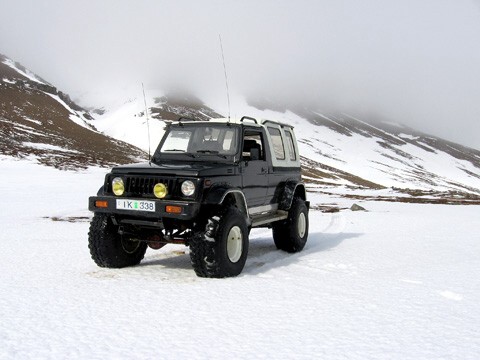
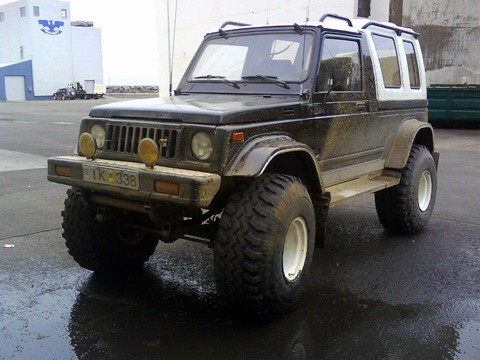

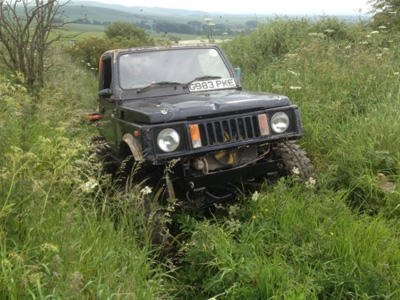
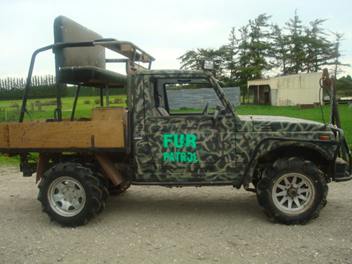

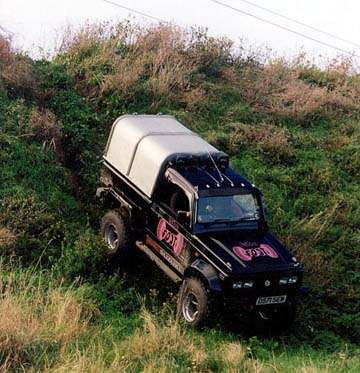
![fenderfrt6_SJ-1[376].jpg](/images/gallery/favourites/fenderfrt6_SJ-1[376].jpg)
